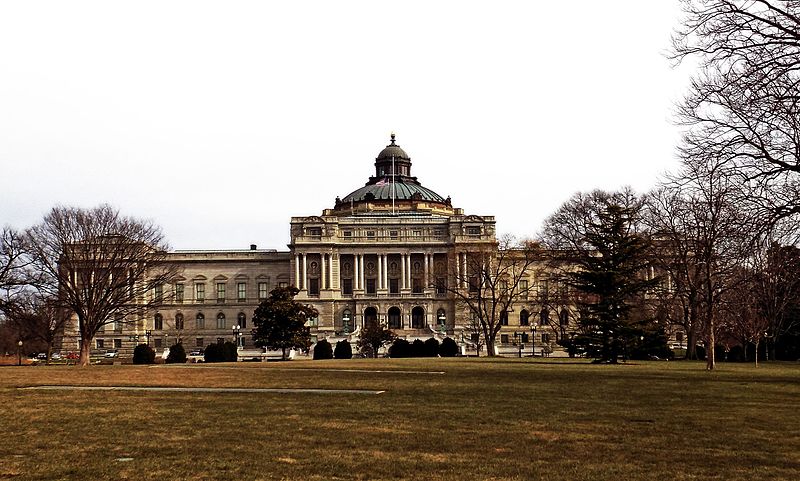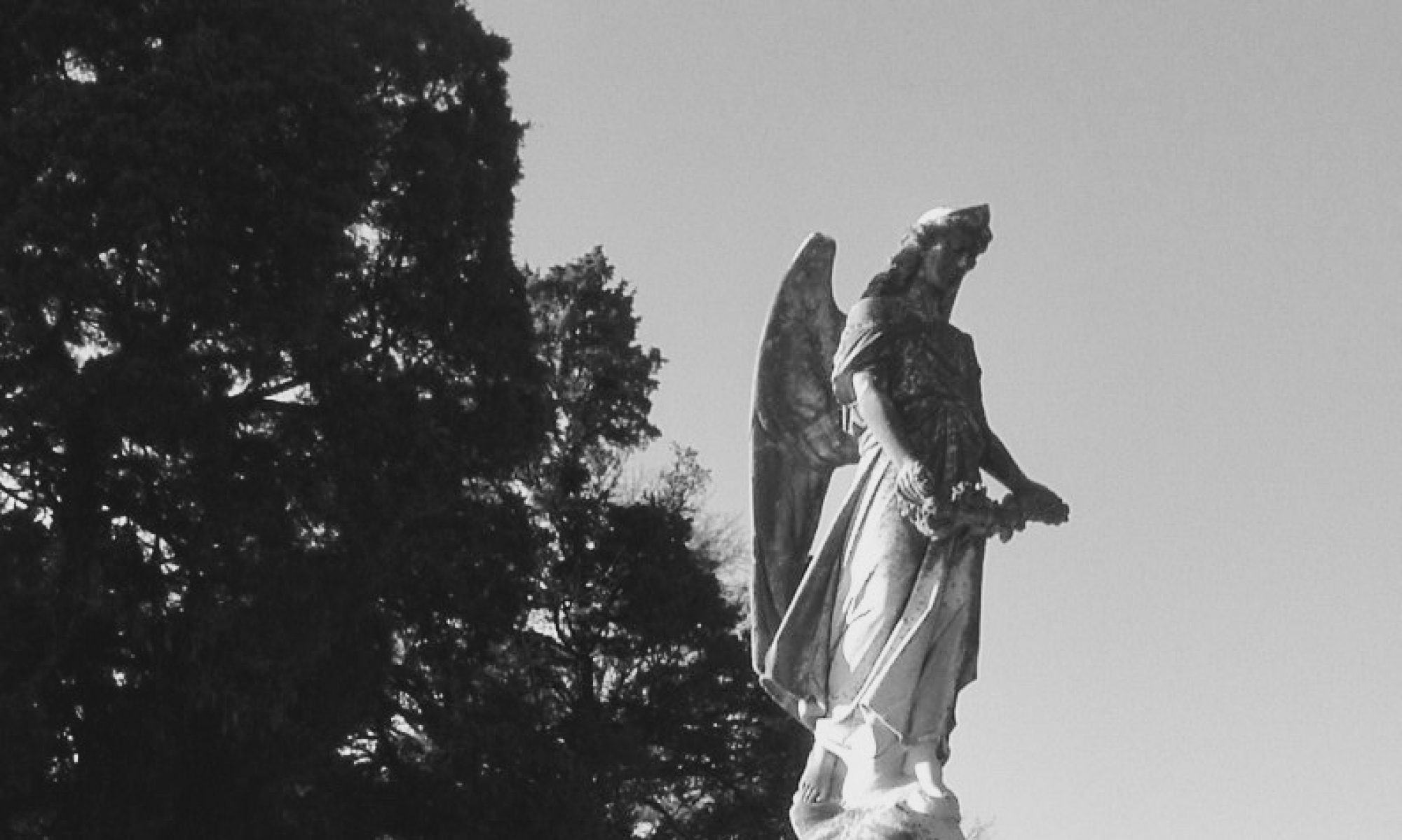Several years before I started this blog in 2010, a series of articles by George Eberhart about haunted libraries was published in the Encyclopedia Britannica Blog. This comprehensive list, still up on the now defunct blog, covers perhaps a few hundred libraries throughout the world with a concentration on the United States. After perusing the list and noting the many Southern libraries missing from the list, I’ve decided to create my own list here.
Like theatres, it seems that every good library has its own ghost. George Eberhart argues that there are two reasons for libraries to be haunted: one, that the library inhabits a building that may have been the scene of a tragedy, or two, that the library may be haunted by a former librarian or benefactor who may continue to watch over it.
For other haunted Southern libraries, see my entries on Alabama, Kentucky, Louisiana, Mississippi, and West Virginia.
Folger Shakespeare Library
201 East Capitol Street, Southeast
Washington

Containing the largest collection of Shakespeareana anywhere in the world, the Folger Shakespeare Library was built to house the collection of businessman Henry Clay Folger. An executive with Standard Oil, Folger had the considerable clout to purchase a row of houses across the street from the Library of Congress to construct the Neo-Classical structure. The interior, designed to reflect the Tudor style of Shakespeare’s England, features a reading room and a small theater. Unfortunately, Folger died two years before construction was complete, leaving his wife to oversee the opening. It is noted that staff has had problems with the lights in the reading room turning themselves on after being switched off for the night. Perhaps Mr. Folger wants to continue his study?

Sources
- Krepp, Tim. Capitol Hill Haunts. Charleston, SC: History Press, 2012.
- Ogden, Tom. Haunted Washington, DC. Guilford, CT: Globe Pequot, 2016.
Library of Congress—Jefferson Building
10 First Street, Southeast
Washington
With the opening of the Jefferson Building in 1897, the Library of Congress was able to have enough room to expand. While it did leave the spirit of an old cataloguer near its old digs in the Capitol, it didn’t take long for the grand building to acquire some ghosts.

Several apparitions have been reported amongst the miles of shelves in the building including a police officer. The friendly officer, donned in an old-fashioned uniform, has been known to help researchers who have been lost in the labyrinthine stacks. His identity is unknown.
Another shadowy figure haunts the basement where he may have worked. He was responsible for stamping books, marking them as library property. Even after his death, he has been encountered still stamping books.
Sources
- Krepp, Tim. Capitol Hill Haunts. Charleston, SC: History Press, 2012.
- Ogden, Tom. Haunted Washington, DC. Guilford, CT: Globe Pequot, 2016.
United States Capitol
Capitol Hill
Washington
The Library of Congress’ beginnings were certainly auspicious, though it was marred by tragedy. The first books were purchased for the library in 1800 under the administration of John Adams. Thomas Jefferson created the administration for the library appointing a Librarian of Congress and establishing a Joint Committee on the Library to oversee it. When the British invaded Washington in 1814, during the War of 1812, these books were torched along with the Capitol building where they had been stored.

After this loss, Thomas Jefferson offered to sell his massive personal library; which Congress purchased, despite some opposition. In 1851, disaster again struck the library when a fire broke out destroying two-thirds of the collection. Two years later, a fireproof room opened in the west facade of the Capitol to house the library. The collection remained somewhat stagnant until the passage of the Copyright Act in 1870, when Congress authorized that the library receive copies of all works published in the United States. With thousands of volumes pouring in, the library necessitated a separate building. The Jefferson Building, which continues to house the Library of Congress, opened in 1897.
While the library moved to its new location across the street, one specter from the old library did remain behind. Legend tells of a former cataloguer with a penchant of hiding his government savings bonds away in some of the lesser perused volumes. After the gentleman was stricken with a stroke, he attempted to communicate to his family that $6,000 in bonds was stashed among the library volumes, but to no avail. Though the library has moved, in death the gentleman has been seen wandering among the sub-basements of the Capitol still trying to locate his bonds.
The gentleman’s bonds were located by librarians when the books were moved to the Jefferson Building.
Sources
- Krepp, Tim. Capitol Hill Haunts. Charleston, SC: History Press, 2012.
- Library of Congress. Wikipedia, the Free Encyclopedia. Accessed 18 April 2019.
- “The Library of Congress: A Timeline.” Library of Congress. Accessed 18 April 2019.
